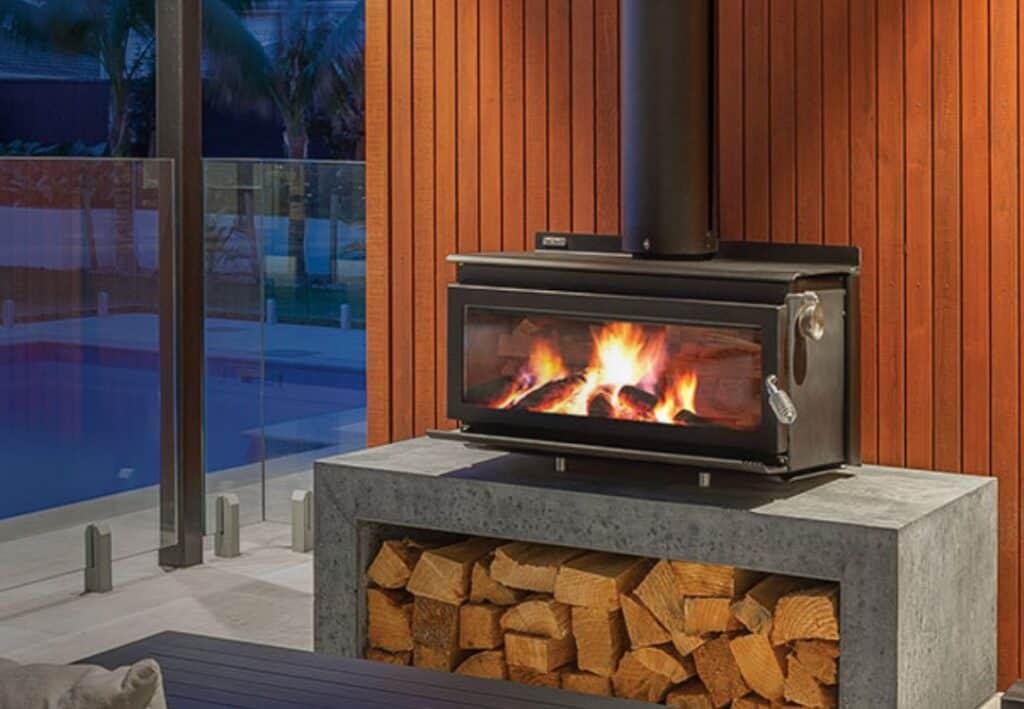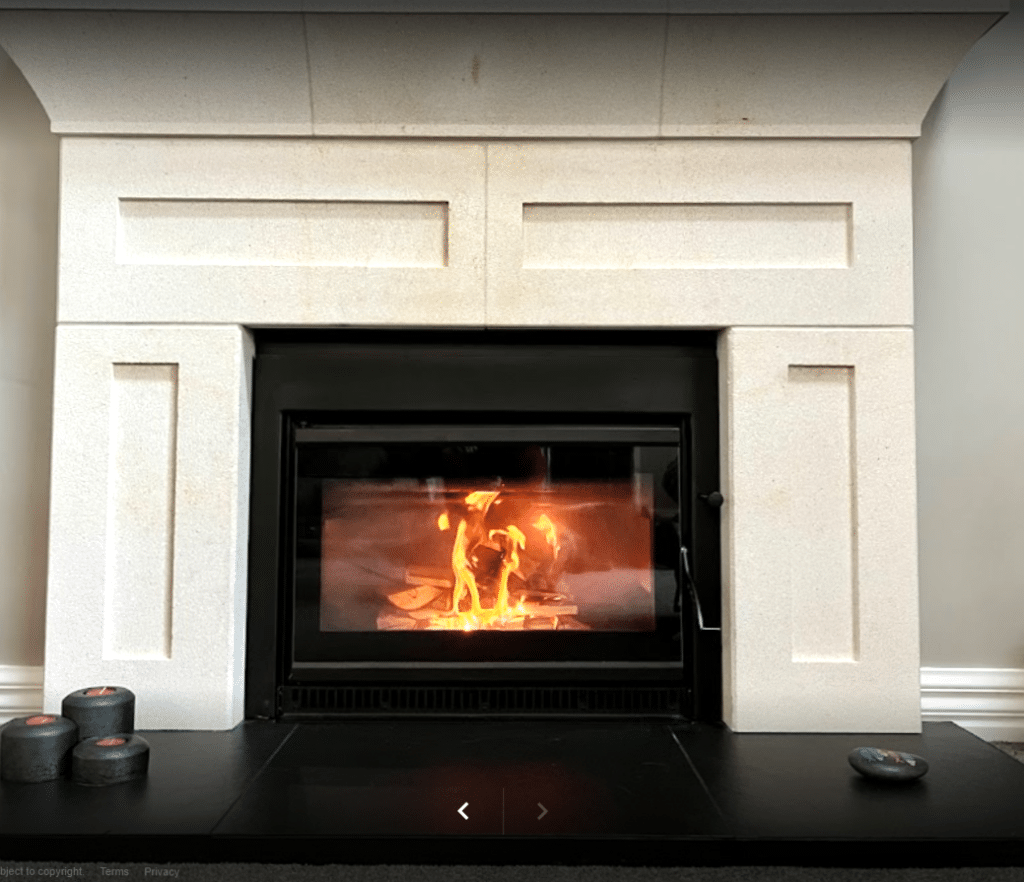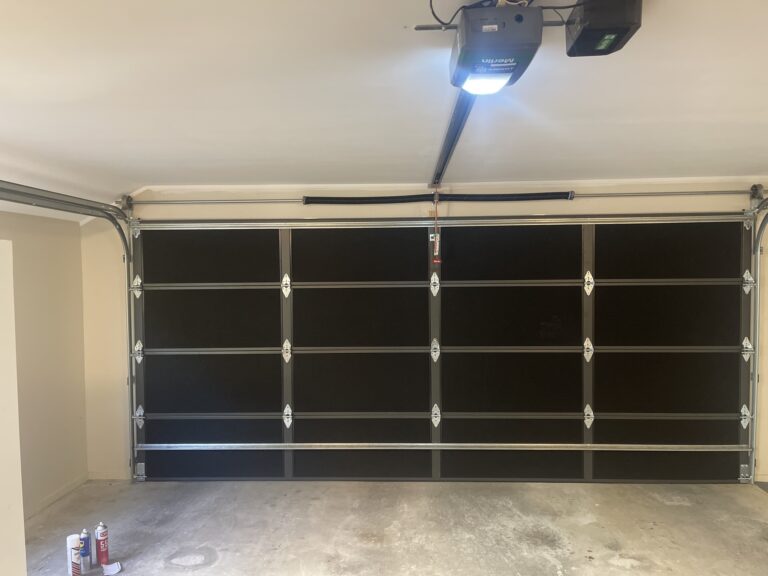Chimney sweeping may sound like a relic of the Victorian age, but it has a long and fascinating history here in New Zealand. From colonial homesteads to modern wood burners, chimney sweeps have played a vital role in keeping homes safe, warm, and comfortable.
Wellington, with its cold winters and windswept hills, has always relied heavily on fireplaces and wood burners. The evolution of chimney sweeping in Wellington and across New Zealand reflects not only changes in heating technology but also shifts in society, industry, and culture.
Early Days of Chimney Use in New Zealand
The Introduction of Fireplaces by Early Settlers
When European settlers arrived in New Zealand in the early 1800s, they brought with them the traditions and architecture of Britain, including fireplaces. In colonial Wellington, fireplaces quickly became a household necessity.
They were used for cooking, heating, and boiling water, often serving as the central hub of the home. These chimneys, however, needed regular cleaning to prevent soot build-up and dangerous chimney fires.
How Chimney Sweeping Practices Arrived from Britain
The settlers also carried over the practice of chimney sweeping. In Britain, chimney sweeps were a common sight, often young boys tasked with climbing inside flues. While this exploitative practice was largely phased out by the time chimneys became common in New Zealand, the trade itself remained necessary. Many early Wellington families either swept their chimneys themselves or hired tradesmen who had learned the skill overseas.
The Importance of Chimneys in Colonial Wellington Homes
In Wellington’s early days, houses were often small, with steep roofs to withstand wind and rain. Chimneys were simple brick or stone structures that frequently clogged with soot from burning damp wood or coal.
Without professional sweeps, many settlers endured smoky rooms or dangerous chimney fires. The role of the chimney sweep quickly became essential in keeping homes safe and liveable.
Chimney Sweeping in 19th-Century Wellington
Growth of Wellington as a Settler Town
By the mid-1800s, Wellington had grown into a busy colonial town. With more settlers came more homes, inns, and businesses, all of which relied on fireplaces. As the population expanded, so too did the demand for professional chimney sweeping services.
Who Did the Chimney Sweeping? (Families vs Early Tradesmen)
At first, sweeping was often handled by the household itself. Families might use brushes tied to ropes or improvised methods such as pulling sacks up and down the flue. Over time, however, dedicated tradesmen emerged. These early chimney sweeps offered their services to households that wanted safer, more thorough cleaning.
Common Chimney Problems Faced in Early Homes
Settlers in Wellington faced unique challenges. The damp climate meant wood often burned incompletely, creating sticky creosote deposits that were harder to remove than simple soot. Chimneys frequently cracked or became unstable due to earthquakes, another hazard unique to the region. Sweeps not only cleaned but also advised on structural maintenance.
The Role of Chimney Sweeps in New Zealand’s Industrial Age
Urbanisation and the Need for Professional Sweeps
As Wellington and other New Zealand cities industrialised in the late 1800s, houses became larger and more numerous. Factories, schools, and hotels all required regular chimney cleaning. Chimney sweeping evolved from a part-time service into a recognised trade, with full-time professionals covering entire neighbourhoods.
Influence of British and European Traditions on Local Practices
Chimney sweeping techniques in New Zealand closely mirrored those in Britain and Europe. Long flexible rods with bristle brushes became the standard. Unlike earlier practices overseas, chimney sweeps in New Zealand generally did not employ child labour but instead operated as small family-run businesses or individual tradesmen.
Tools and Techniques Used in the Late 1800s and Early 1900s
By the turn of the 20th century, chimney sweeps in Wellington were equipped with specialist brushes, rods, and scrapers. Soot collectors and drop cloths became common to minimise mess inside homes. As coal became a more common fuel, the challenge of removing sticky soot deposits grew, further emphasising the need for professional skill.

Changing Chimney Sweep Practices in the 20th Century
The Decline of Open Fires and Rise of Wood Burners
The 20th century brought major changes to heating technology. Open fireplaces became less common as enclosed wood burners and coal ranges grew in popularity. These produced more concentrated flues, requiring different cleaning techniques. Sweeps adapted by using smaller, more flexible brushes and, later, mechanical rotary tools.
The Professionalisation of Chimney Sweeping in Wellington
By the mid-20th century, chimney sweeping had become a fully professional service. Many chimney sweeps advertised in local directories and established long-term customer bases. Regular sweeping was promoted not only for comfort but also as a vital fire safety measure.
Health and Safety Developments in the Trade
Sweeps also became more conscious of health risks. Protective clothing, gloves, and masks became standard as awareness of soot’s effects on the lungs grew. Unlike their 19th-century counterparts, modern sweeps operated with far more emphasis on personal safety and customer protection.
Chimney Sweeping in Modern Wellington
The Transition from Manual to Modern Tools and Technology
Today’s chimney sweeps in Wellington use advanced tools such as power-driven rotary brushes, vacuums, and inspection cameras. This allows for faster, cleaner, and more thorough results compared to earlier manual techniques.
Training, Certification, and Industry Standards Today
The modern chimney sweep industry is governed by professional associations and certifications. In New Zealand, sweeps often undergo training to ensure they meet safety and technical standards. This includes knowledge of building codes, fire regulations, and best practices in servicing wood burners and flues.
The Continued Importance of Chimney Sweeps in Fire Safety
Despite modern heating alternatives like heat pumps, wood burners remain common in Wellington homes. Chimney sweeps continue to play a critical role in preventing chimney fires, improving indoor air quality, and keeping heating systems efficient.
Cultural and Social Impact of Chimney Sweeping in NZ
Chimneys as a Symbol of Home and Family Life
For generations, the chimney has symbolised warmth, security, and family life. In New Zealand, the sweep’s visit was often tied to seasonal routines, getting the house ready for winter or ensuring safety before the holidays.
Folklore, Myths, and Traditions Around Chimney Sweeps
In Europe, chimney sweeps were considered lucky, and some of that folklore made its way to New Zealand. In certain communities, having a sweep visit before a wedding or New Year was seen as a good omen.
How Chimney Sweeps Feature in NZ Heritage and Storytelling
While less prominent than in Britain, chimney sweeps have become part of New Zealand’s heritage. Stories of early sweeps in Wellington’s colonial homes and rural settlements remind us of the essential but often overlooked role they played in daily life.
The Future of Chimney Sweeping in Wellington
The Role of Chimney Sweeps in Sustainable Home Heating
As New Zealand continues its push towards sustainability, efficient wood burners and clean chimneys remain part of the equation. Well-maintained chimneys reduce emissions and make wood-burning more environmentally friendly.
Adapting to New Building Materials and Heating Technology
Future chimney sweeps may deal with hybrid systems that combine traditional wood burners with modern ventilation. Tools and training will continue to evolve to meet these demands.
Why the Trade Remains Relevant in Modern New Zealand
Even in an era of heat pumps and central heating, chimney sweeps remain a necessary service in Wellington and beyond. The trade’s long history proves its resilience and adaptability.
Reflecting on Chimney Sweeping History in New Zealand
Lessons from the Past for Today’s Homeowners
The history of chimney sweeping in Wellington shows that while technology changes, the need for safety and maintenance never goes away. From settlers with makeshift brushes to today’s certified professionals, chimney care has always been central to safe and efficient heating.
Why Chimney Sweeping Is Still a Vital Service in Wellington
Looking back, chimney sweeps have not only kept homes safe but also shaped daily life in New Zealand. Today, they remain guardians of fire safety, ensuring that Wellington homes can enjoy the warmth of a fire without the risks of smoke or chimney fires.




